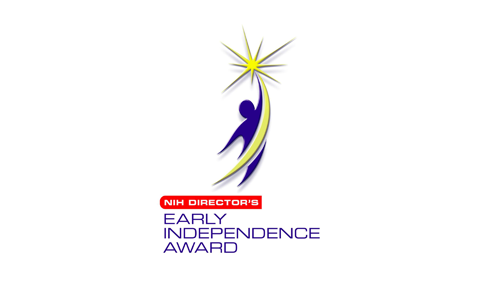
Music has been hailed as “the universal language of mankind.” But while scholars acknowledge that people from all around the world make music, the immense variability of songs from different cultures draws into question what exactly about music is “universal.” Are specific behaviors, like dance or courtship, linked to song across cultures? Can musical features in songs like rhythm, melody, or emotional effect predict how a song might be used? NIH Director’s Early Independence Awardee Dr. Samuel Mehr carried out a systematic analysis of vocal music from across the globe to quantitatively evaluate these questions. He and his team built a comprehensive database they termed the Natural History of Song, composed of both texts describing 4,709 song performances from 60 traditionally-living societies and a smaller collection of 118 recorded songs from 86 societies. They analyzed four types of songs drawn from this database: dance, lullaby, healing and love.
Using a unique combination of computational analysis, statistics, social science and humanistic data, Dr. Mehr and his team investigated the different contexts in which songs were performed and the variation in musical content across genres. Music was indeed a part of every culture studied, supporting its universality. Although substantial variation in the complexity of melodies and rhythms existed across cultures, three main factors—formality, arousal (whether the music was lively or calming), and religiosity— captured variation in the performance and use of songs across societies. Further, the researchers found that songs varied more within societies than between them. Music was systematically associated with behavior; each culture’s songs for dance, healing, lullaby and love shared similar properties, and listeners were able to successfully classify songs from foreign cultures by genre.
The researchers acknowledge that biases exist, since songs were characterized and analyzed through the lens of Western scholars and listeners. But by combining a rich dataset of human song with computational and statistical methods that attempt to correct for these biases, the researchers demonstrate a novel way to quantify the features that make music universal. These findings advance our understanding of how we perceive, create, and engage with music, and one day may be leveraged to improve health outcomes in infancy and adulthood.
Reference
- Universality and Diversity in Human Song Mehr SA, Singh M, Knox D, Ketter DM, Pickens-Jones D, Atwood S, Lucas C, Jacoby N, Egner AA, Hopkins EJ, Howard RM, Hartshorne JK, Jennings MV, Simson J, Bainbridge CM, Pinker S, O’Donnell TJ, Krasnow MM, Glowacki L. Science 366, eaax0868 (2019). DOI: 10.1126/science.aax086.



